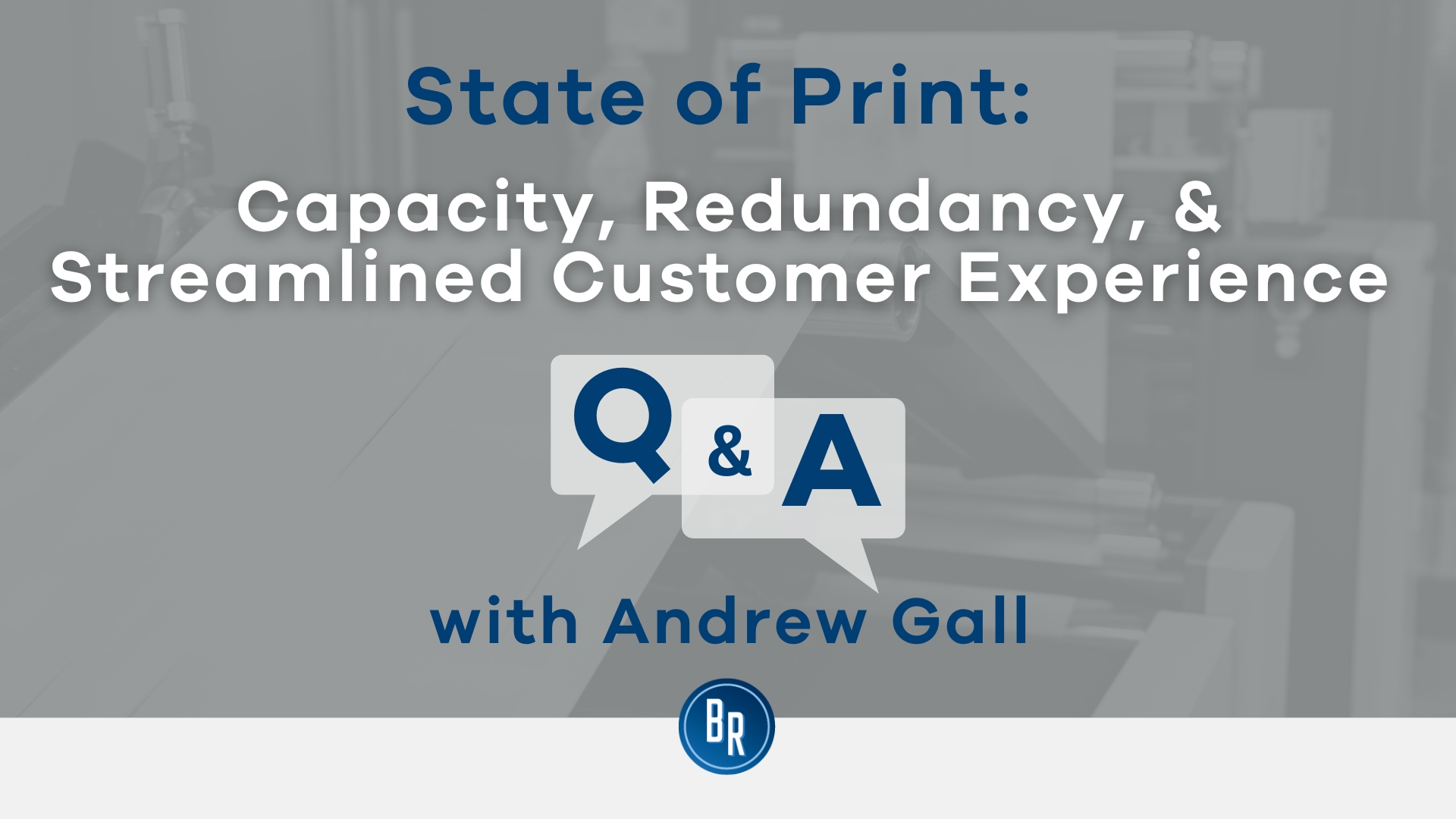If a Company Goes Bust Who Pays Redundancy? Lawful Insights for UK Personnel
If a Company Goes Bust Who Pays Redundancy? Lawful Insights for UK Personnel
Blog Article
Checking Out the Interplay Between Business Redundancy and Organizational Adaptability for Future Growth
In the vibrant landscape of today's company globe, the detailed connection in between firm redundancy and business flexibility emerges as a crucial variable for sustained development and success. Companies commonly deal with the difficulty of striking a fragile equilibrium in between maintaining a level of redundancy to reduce dangers and cultivating flexibility to react promptly to the ever-evolving market needs.
Significance of Company Redundancy
Firm redundancy is an important component that improves organizational resilience and alleviates functional risks. By including redundancy procedures within the business framework, companies can better hold up against unanticipated disturbances and fluctuations in business atmosphere. Redundancy works as a calculated buffer, enabling business to adapt and respond properly to unexpected difficulties without jeopardizing necessary procedures.
One key element of the importance of company redundancy is its role in guaranteeing continuity during times of dilemma. When faced with sudden modifications or emergency situations, repetitive systems, resources, or workers can step in to keep critical functions and protect against extensive disturbances. This continuity not just safeguards the firm's reputation and customer trust but also lessens monetary losses and functional downtime.

Approaches for Business Versatility

Producing adaptable business frameworks that enable for quick modifications to market dynamics and client requirements is crucial for staying competitive in a rapidly evolving atmosphere. By proactively recognizing potential disturbances and opportunities, organizations can proactively adjust and flourish in an ever-changing service landscape.
Harmonizing Redundancy and Flexibility
Accomplishing a harmonious balance in between operational redundancy and business flexibility is paramount in browsing the intricacies of a vibrant business atmosphere. Redundancy within a firm gives a security internet, ensuring connection and stability in operations. Nonetheless, an excess of redundancy can result in inefficiencies and prevent versatility to altering market problems. On the various other hand, organizational flexibility permits companies to respond quickly to outside disruptions and seize new opportunities. Striking the ideal balance between redundancy and flexibility is a delicate procedure that requires a deep understanding of the organization's objectives, market characteristics, and danger resistance.
To attain this equilibrium, companies require to perform routine analyses of their operations to identify areas where redundancy is required for risk reduction and where flexibility can drive technology and growth. Applying flexible frameworks, promoting a society of continual discovering and renovation, and encouraging open communication across all click here for more info degrees of the company are vital methods to integrate redundancy and versatility effectively. By straightening these two important elements, business can place themselves for lasting development and success in an ever-changing company landscape.
Study on Adjustment Success
In examining circumstances of effective business adjustment, it becomes obvious that the interaction in between operational redundancy and adaptability is a specifying variable in forming resistant services. One engaging study is that of Netflix. At first a DVD rental service, Netflix showed remarkable adaptability by transitioning right into a streaming platform when digitalization interfered with the market. By tactically investing in innovation and content creation, Netflix not just thrived but made it through in a swiftly advancing market. An additional standout instance is Amazon. Beginning as an online bookstore, Amazon continually adapted its business version, broadening right into diverse markets read this article such as cloud computer and expert system. This flexibility enabled Amazon to remain ahead of rivals and satisfy transforming customer needs. Last but not least, Adobe provides a significant picture of effective adaptation. The business shifted from offering software licenses to a subscription-based design, guaranteeing repeating earnings streams and improved customer interaction. These study emphasize the value of functional redundancy coupled with business flexibility in fostering long-term development and competition.
Building Strength for Future Growth
Structure resilience for future development needs a critical placement of operational procedures with market characteristics and arising fads. Business should adapt to transforming settings by promoting a society of versatility, my response advancement, and continual improvement. Durability involves not just recovering from problems but also proactively preparing for future obstacles. One vital aspect of structure durability is buying durable risk management techniques to minimize potential disruptions. This includes circumstance planning, branching out supply chains, and developing contingency prepare for various contingencies (who pays redundancy money).
Furthermore, cultivating solid relationships with stakeholders, such as consumers, workers, providers, and the area, is vital for weathering uncertainties and keeping trust and assistance during turbulent times. Effective interaction and openness play an essential duty in building resilience, as they aid straighten expectations and promote cooperation in navigating unpredictabilities.
Additionally, organizations require to prioritize learning and development efforts to upskill staff members and furnish them with the needed devices to adjust to altering conditions. By buying their labor force, companies can enhance their versatility and agility, eventually strengthening their durability for sustainable future development.
Verdict

In the dynamic landscape of today's organization world, the intricate partnership in between business redundancy and business flexibility arises as a critical element for continual growth and success. Business commonly deal with the obstacle of striking a fragile equilibrium in between keeping a level of redundancy to reduce threats and fostering versatility to react quickly to the ever-evolving market needs.To accomplish this balance, business require to conduct normal evaluations of their operations to identify locations where redundancy is needed for danger mitigation and where adaptability can drive development and growth.In conclusion, the interplay between company redundancy and organizational adaptability is vital for future development. Structure durability via a combination of redundancy and flexibility will ensure that business are prepared for the difficulties of the future.
Report this page